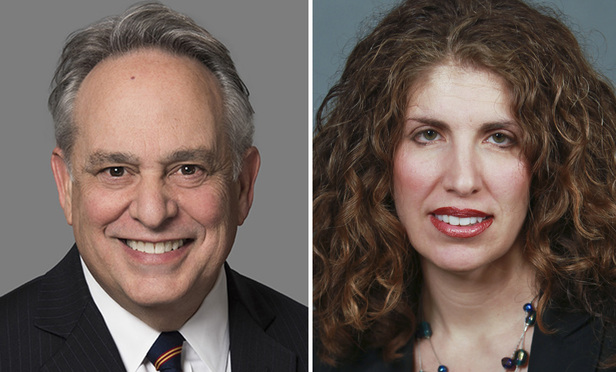As the country prepares itself for the presidential election in November, a flurry of recent court rulings have blocked or blunted the efforts of three state legislatures to impose barriers to the ballot box. Litigation activity over strict photo ID laws or other voting restrictions in Texas, North Carolina and North Dakota has quieted, leaving voters, principally minority voters, in these states in a better position than they were a few months ago but worse off than in the last presidential election. Let us explain.
Photo ID Laws
In 2012, the country had only four states with very strict photo ID laws in effect, requiring the kind of IDs that high numbers of otherwise eligible voters do not have. In 2016 the number of states with such restrictive ID laws has doubled (and the number would be even higher were it not for the courts). The sharp increase appears to be significantly influenced by two factors. First, strict photo ID laws have been the most common legislative technique used by those attempting to deflate voting — rationalized by the goal of eliminating alleged impersonation at the polls. A wave of restrictive voting laws swept the country after the 2010 state legislative elections and took numerous forms, but strict photo ID laws were the most prevalent.
This content has been archived. It is available through our partners, LexisNexis® and Bloomberg Law.
To view this content, please continue to their sites.
Not a Lexis Subscriber?
Subscribe Now
Not a Bloomberg Law Subscriber?
Subscribe Now
LexisNexis® and Bloomberg Law are third party online distributors of the broad collection of current and archived versions of ALM's legal news publications. LexisNexis® and Bloomberg Law customers are able to access and use ALM's content, including content from the National Law Journal, The American Lawyer, Legaltech News, The New York Law Journal, and Corporate Counsel, as well as other sources of legal information.
For questions call 1-877-256-2472 or contact us at [email protected]



